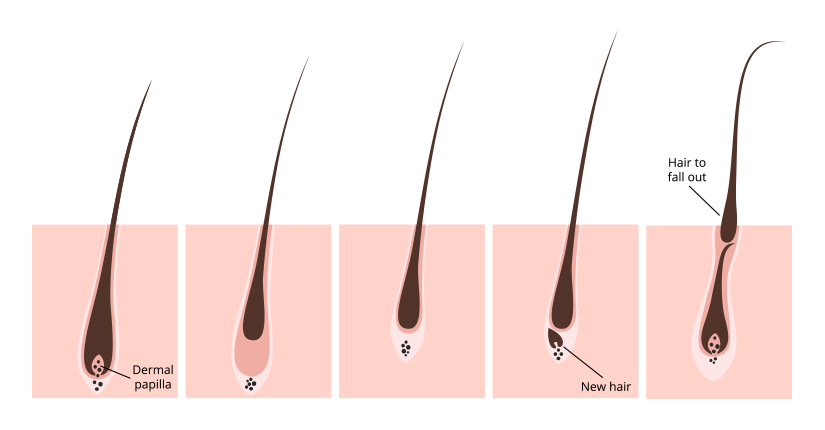What is Cord Blood- Everything You Need to Know
By Nmami Agarwal 07-Jul 2020 Reading Time: 6 Mins

Found in the blood vessels of the placenta and the umbilical cord, cord blood is collected after a baby is born and after the umbilical cord is cut.
Cord blood aka umbilical cord blood is the blood that remains in the umbilical cord and placenta after delivery of the baby. In other words, there is a maternal-fetal transfer of cells to boost the immune systems of both the mother and baby in preparation for labour. Cord blood at the time of delivery acts as a rich source of stem cells and other cells of the immune system.
Cord blood banking
The procedure of collecting the cord blood and extracting and cryogenically freezing its stem cells and other cells of the immune system for potential future medical use is called cord blood banking.
As the terms cord blood and cord blood banking are inter-related, it is often used for the various cells that are stored. Stored cord blood contains little of what people think of as “blood,” as the red blood cells (RBCs) can actually be detrimental to a cord blood treatment.
Use of cord blood
Cord blood is approved only for use during “hematopoietic stem cell transplantation” procedures, which are done in patients with disorders affecting the hematopoietic (blood-forming) system. Cord blood has vital blood-forming stem cells that can be used in the treatment of patients with blood cancers like leukemia and lymphoma, as well as certain disorders of the blood and immune systems, like sickle cell disease and Wiskott-Aldrich syndrome.
Cord blood is useful as it is a source of stem cells that form into blood cells. People who need regeneration can use cord blood for transplantation in people that require ‘regrowth,’ of these blood-forming cells.
Cord blood is used for therapy today in hospitals around the globe. There are clinical trials that utilize cord blood for both stem cell transplants and emerging therapies in regenerative medicine. Cord blood banking involves the whole process from collection through storage of newborn.
For example, in many leukemia patients, the disease is found in the blood cells. Chemotherapy treatment of these patients kills both kinds of cells- cancer cells and the healthy blood-forming stem cells. After the chemotherapy, transplanted stem cells from cord blood can help regrow the healthy blood cells. No doubt, cord blood is not a cure-all. Since cord blood contains stem cells, there have been stem cell fraud cases related to cord blood. It is a myth that stem cells can cure any disease, but not in all cases.
While a baby is delivered, even if clamping of the umbilical cord is delayed, there is still blood remaining in the afterbirth that is rich in stem cells and has medical value. While cord blood stem cells are not embryonic, they are more pristine than the stem cells in adults, since they are younger and they have had less exposure to illness or environmental factors.
It’s up to the donor to decide what type of cord blood storage – public or private (family) – to choose:
- Public: It costs parents nothing to donate their cord blood to a public cord blood bank. Not all parents are eligible to donate and only the biggest donations are saved. The saved donations are later listed on a registry that medical doctors can search on behalf of transplant patients.
- Private (family): Family cord blood banks charge a fee to store cord blood as biological insurance for the baby and close family members. When parents pay for family storage it is a form of biological insurance for their child and family.
Over to you:
Cord blood banking means preserving the new born stem cells found in the blood of the umbilical cord and the placenta and the stem cells in cord blood can be collected without any risk to the baby or mother for future medical purposes.




















